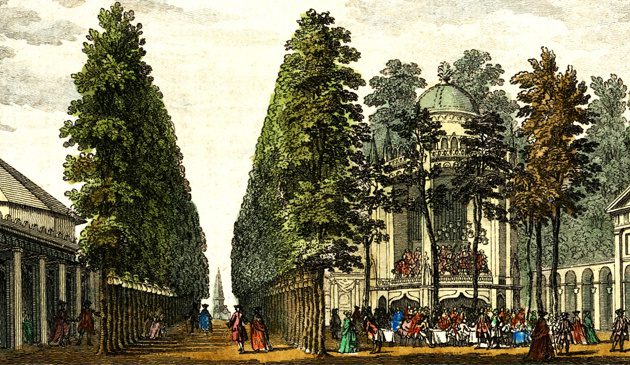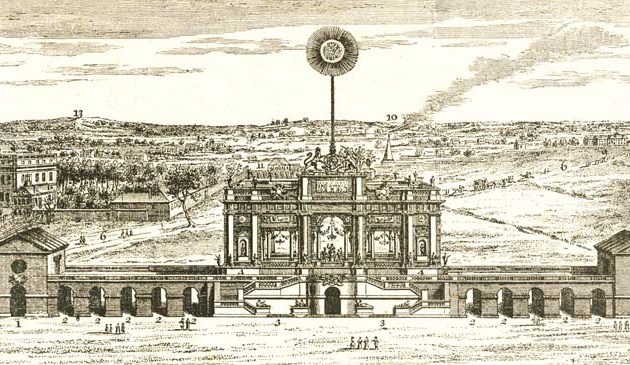Crime and policing in Georgian London

In William Hogarth’s mid-18th century ‘Industry & Idleness’ series of prints a suspected criminal is brought before a Justice of the Peace in the City of London. The accused, behind the bar, begs the magistrate for mercy while his former partner in crime swears on the Bible as he gives evidence against him, and the court official (with the long stick) dismisses the pleas of the weeping mother.
Until the second half of the 18th century professional crime detection was almost non-existent. It was left to victims to pursue criminals and to make their own investigations in order to retrieve stolen property. London was still relatively small and there was a good chance a victim knew the culprit, perhaps a neighbour, lodger or servant. Advertisements were placed in newspapers giving descriptions of perpetrators and goods and offering rewards. Money was paid to informants and this became institutionalized as the role of ‘thief-takers’. They were individuals who theoretically earned a living from solving crimes but until the mid-18th century were often little more than corrupt criminals themselves. The smartest of them simply stole goods in order to claim back the reward for their return. The main motivation for thief-takers was to obtain the reward, not whether the accused was innocent or guilty, and many false and malicious prosecutions took place.
The most famous thief-taker was Jonathan Wild, who became known as the ‘Thief-Taker General’. If your property was stolen in London there was a strong chance he could find it for a reward and he ensured that any thief who did not cooperate went to the gallows. His scheming was eventually uncovered and he was hanged at Tyburn in 1725.
The continuing rise in crime and the lack of effective prevention by any authority resulted in a more direct organised action being taken by the public from the latter part of the 17th century. ‘Societies for the Reformation of Manners’ were established in various parts of London, generally consisting of religious activists and tradesmen. Their members kept a watchful eye out for anyone undertaking unlawful behaviour or what they considered immoral activities, particularly prostitution and homosexuality. Any offenders were reported to the local Justice of the Peace so that an arrest warrant could be issued and a reward given to the informant. In the 40 years between 1690 and 1730 thousands of successful prosecutions took place. It was, however, a case of swimming against the tide because their efforts were directed at perpetrators rather than the underlying causes.
Despite the organised action of the societies there was a general tendency during the first half of the 18th century for individual members of the public to have less involvement in keeping the peace in London. The growing wealth of the city created a middle class who did not wish to act as constables or spend their time patrolling the streets at night. They could afford to pay for deputies to take their place. The increase in violence caused citizens to be less inclined to attempt an arrest when they witnessed a crime or public unrest, instead summoning a constable or watchman.
In 1735 the wealthy parishes of St. James’s and St. George, Hanover Square obtained Acts of Parliament allowing them to tax their residents to pay professional watchmen instead of relying on unpaid householders or their deputies. The City of London followed in 1737, as did other areas throughout the century and by its end most watchmen in London were salaried. The 1744 Vagrancy Act gave constables greater powers to arrest those committing a variety of offences and for justices of the peace to reward constables.
During the 1750s the West India Company created ‘merchants’ constables’ to prevent theft from the wharves and their ships (as the Commissioners of Excise had done from 1711). At the very end of the 18th century their vessels on the Thames were protected by the Marine Police Establishment, London’s first organised police force.
Sources include: Robert Shoemaker ‘The London Mob’; Christopher Hibbert ‘The Personal History of Samuel Johnson’; Jenny Uglow ‘Hogarth – A Life & A World’; Jerry White ‘London in the 18th Century’; Sheila O’Connell ‘London 1753’; ‘London Lives – 1690-1800’ website www.londonlives.org/static/Policing.jsp
Forward to Bow Street Runners >


